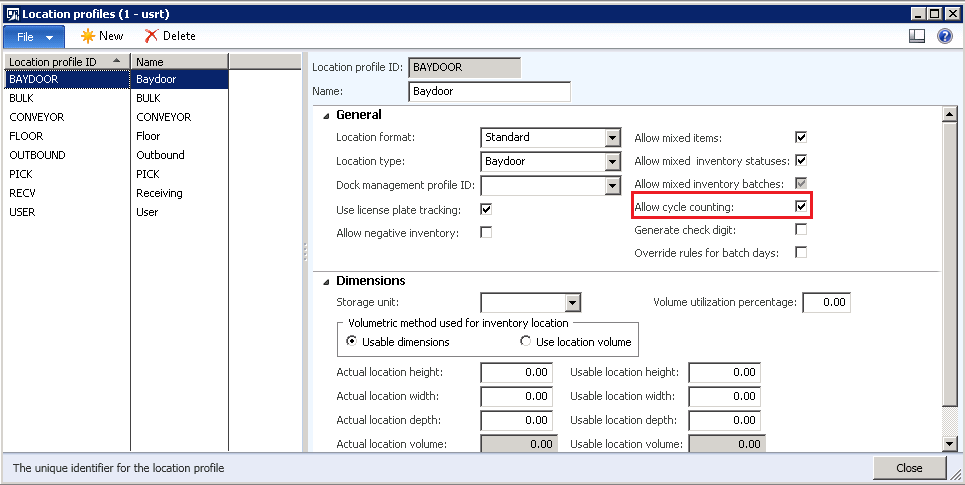
By incorporating these advanced COA concepts, an organization can streamline its financial management processes and optimize its performance while remaining compliant with regulatory and industry standards. To ensure an efficient COA structure, it is crucial to establish a consistent and standardized coding system for account numbering and naming conventions. This will enhance the readability and usability of financial reports across all departments and divisions. The UK operates similarly to other countries in many respects; however, one notable distinction lies in the VAT (Value Added Tax) rates.

QuickBooks Add-Ons
Since different types of entities use different types of accounts, there is no one single chart of accounts template that would be applicable to all businesses. The structure of the chart of accounts makes it easier to locate specific accounts, facilitates consistent posting of journal entries, and enables efficient management of financial information over time. For example, a well-designed chart of accounts makes it easy for bookkeepers and accountants to figure out which financial transactions should be recorded into which general ledger account.
Where to look for liabilities in reports?
- Separating gains and losses allows businesses to analyze the impact of these non-operating activities separately from core business operations.
- Accordingly, the information provided should not be relied upon as a substitute for independent research.
- Most accounting software’s bank and cash accounts are set up through banking rather than the CoA.
- It is important to keep track of both common and preferred stock in the equity accounts, as they have different implications for the company’s financial management and shareholder rights.
A few examples are sales of products, consultancy, parts, support, and interest received. Current Assets – A business can quickly convert these assets to cash and include bank, cash and accounts receivable. The balance sheet accounts give a snapshot of the business on any given date. The general ledger provides a comprehensive view of your financial activities.
Chart of Accounts: Essential Guide for Business Success
You can have multiple asset accounts, each representing a different type of asset. The chart of accounts deals with the five main categories, or, if you will, account types. We’ll start with accounts, as they form the basis for the chart of accounts. If you’re an accounting professional, you don’t have any trouble understanding what accounts mean in accounting. However, less finance-savvy people might confuse them with actual bookkeeping forms bank accounts.
Non-current assets are long-term resources, such as property, plant, and equipment. This classification helps businesses assess their liquidity and long-term financial health. A chart of accounts is a tool used to categorize and organize all the financial transactions in a company’s accounting system. On the other hand, a balance sheet is a financial statement that provides a snapshot of a company’s financial position at a specific point in time. The balance sheet is generated using the data from the chart of accounts, which is separated into assets, liabilities, and equity sections. A chart of accounts (COA) is a crucial component of a company’s accounting system, serving as an index of all financial accounts within the general ledger.
How can a chart of accounts be customized for different businesses?
With online accounting software, you can organize and track your balance sheet accounts. No matter if you’re an entrepreneur starting a business or an owner looking to streamline your practices, accounting software can help you get the job done. income summary account Income is often the category that business owners underutilize the most. Some of the most common types of revenue or income accounts include sales, rental, and dividend income.
As you embark on your CoA transformation journey, think about your long-term reporting strategy and contemplate how you can further enhance your reporting and analytical capabilities. A beginner’s guide to how do you report suspected tax fraud activity the expense report, a form businesses use to track and reimburse employee expenses. She would then make an adjusting entry to move all of the plaster expenses she already had recorded in the “Lab Supplies” expenses account into the new “Plaster” expenses account. To do this, she would first add the new account—“Plaster”—to the chart of accounts. On the other hand, organizing the chart with a higher level of detail from the beginning allows for more flexibility in categorizing financial transactions and more consistent historical comparisons over time. For standardization purposes, many industry associations publish recommended charts of accounts for their respective sectors.
However, a profit and loss (P&L) statement overviews revenues and expenses. For example, bank fees and rent expenses might be account names you use. A chart of accounts design is only as good as an organization’s capability to govern and maintain it over the long term. To leverage an optimally designed CoA to the fullest extent, it needs to be supported by a strong governance structure. Governance enables the maintenance and creation of accounting segments, policies, and processes. The governance body should include key stakeholder groups, such as controllership, FP&A, tax, compliance, and business technology.
Expense accounts allow you to keep track of money that you no longer have, and represents any money that you’ve spent. For example, if you rent, the money will move from your cash account to a rent expense account. It is a very important financial tool that organizes a lot of financial transactions in a way that is easy to access. Because transactions are displayed as line items, they can quickly be found and assessed.
